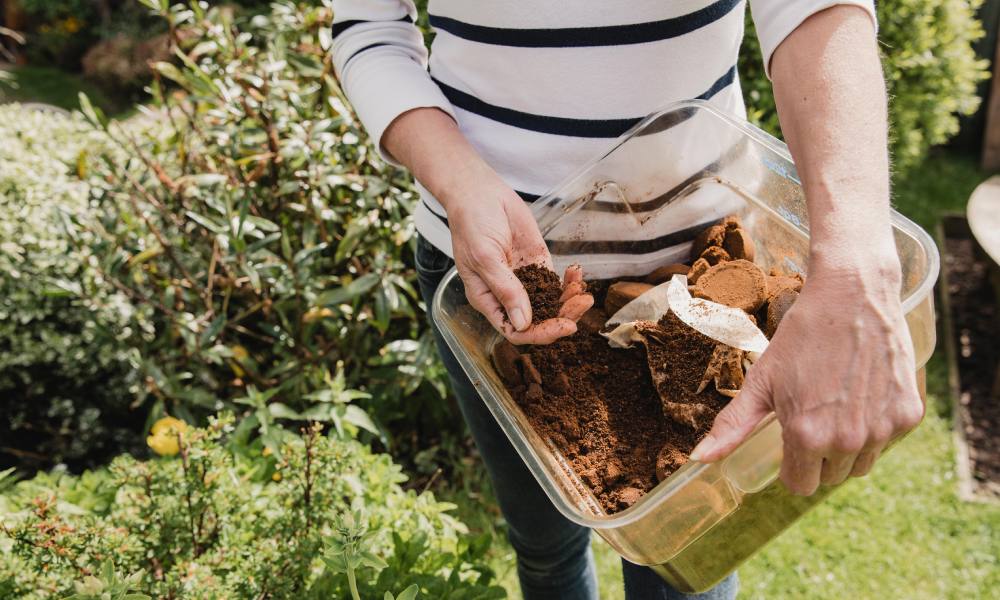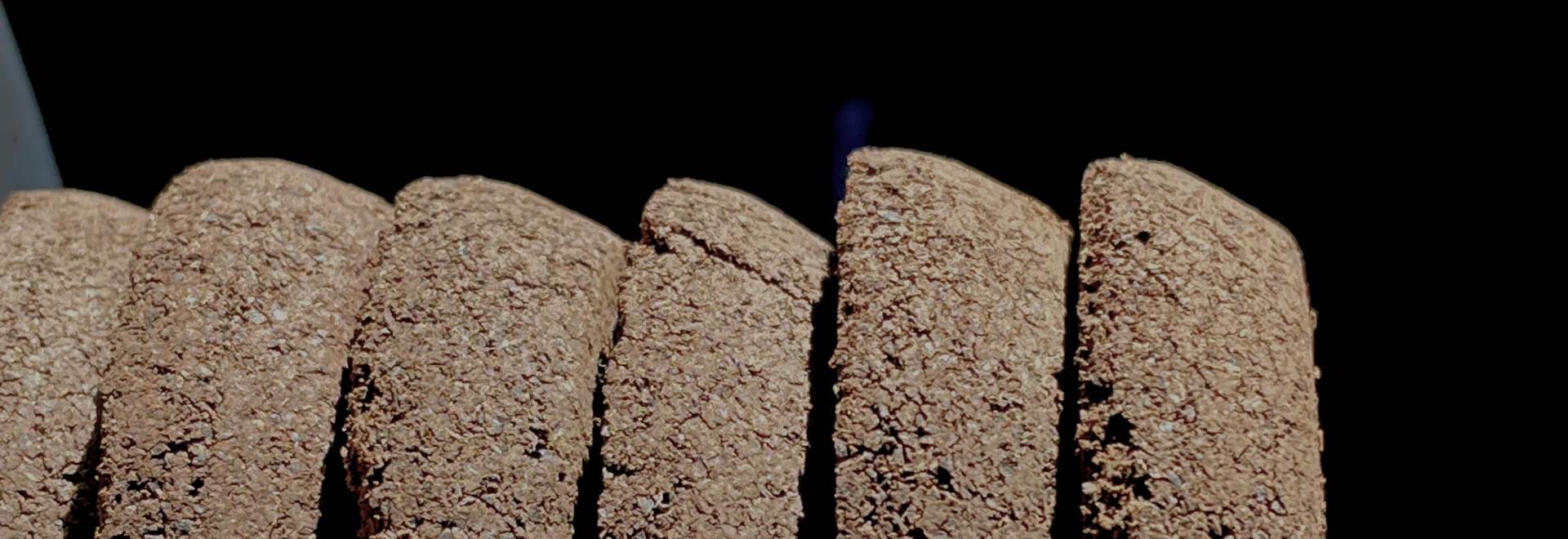How to reuse ground coffee
In moving away from a “take-make-waste” approach, Lauren Loudon explores the different ways ground coffee can be reused.
It’s no secret that waste management is one of the biggest environmental concerns right now – in the coffee industry and beyond.
At the consumption end of the supply chain, used ground coffee is a major waste product that, some would argue, the industry doesn’t do enough about.
According to recent research, Australia alone produces over 65,000 tonnes of ground coffee waste per year. In most cases, coffee beans are ground, brewed, and then disposed of along with other general waste headed for landfill.
Unless appropriately managed, this coffee waste can be harmful to its environment. For example, the natural oils present in ground coffee make the surrounding soil more acidic.
In addition, coffee waste decomposing contributes to the massive amounts of greenhouse gases generated by landfills. According to the ISWA report, if the way we dispose of and process waste doesn’t change dramatically, landfill sites will account for 10% of greenhouse gas emissions by 2025.
As global coffee consumption continues to grow, it’s critical that all actors along the supply chain make an effort to minimise their impact. And while a lot of the attention is often directed towards farm level emissions, it’s clearly important for those at the consumption end to do their bit, too.

Reusing ground coffee
In this effort, recyclable and compostable materials in coffee shops and roasters have become far more prevalent in recent years.
Another solution that has started to take form is reusing ground coffee. An increasing variety of products have been developed in recent years, showcasing innovative responses to the idea of “reuse”.
For example, Berlin-based Kaffeeform has partnered with over 20 businesses, including cafés and hotels, to collect used ground coffee. By combining this waste product with renewable, plant-derived substances and bio-based polymers, they are able to produce a sustainable material with a functionality and durability likened to certain plastics.
Founder Julian Lechner says they are able to produce 20,000 reusable cups from 600kg of coffee grounds. This equates to approximately 30 grams per cup – demonstrating the potential of reusing grounds from just two cups of coffee.
Reusable cups were just the beginning – Kaffeeform now produce trays and a coffee watch, and plans to expand its range even further.
Yet, not every “reuse” solution has to be on an industrial scale.
Many coffee shops simply offer used ground coffee to their customers, who are able to find a second use for it at their homes.
For example, the natural oils in ground coffee can serve as a source of nutrients for the soil and contribute to improved composting. The grounds are rich in organic matter and can provide nitrogen, which is a valuable component in compost.
However, it’s important to note that while ground coffee can be beneficial, it should be used in moderation to avoid issues like acidity imbalance. Indeed, this is one of the primary issues with putting it in landfill.
Ground coffee can also act as an odour neutraliser, which is why it’s sometimes used in refrigerators or as a natural deodoriser in various settings. Additionally, grounds can be burned to produce smelly smoke that repels certain insects.
A circular economy
Looking at this much more broadly, the idea of reusing ground coffee aligns with an overarching goal that many believe the industry should be striving for.
A circular economy is “restorative by design” and aims to move away from the “take-make-waste” concept that is generally responsible for the depletive approach society has taken for the past couple of centuries.
In moving away from a linear economy, waste is greatly reduced as products are used and reused – establishing a closed-loop system. In this way, it’s easy to see how reusing ground coffee aligns with the industry’s adoption of a circular economy, and its overall sustainability goals.
At the same time, this is a sustainability strategy that crosses the boundary between industry actors and consumers. In most instances, minimising environmental impact is a responsibility put solely on those within the industry – which, granted, is primarily where it should be.
However, this strategy also engages the growing and largely environmentally concerned audience of coffee – offering them an opportunity to participate in its circular economy and secure a more sustainable industry in the future.
New Ground Coffee
Want to read more articles like this? Sign up for our newsletter!







